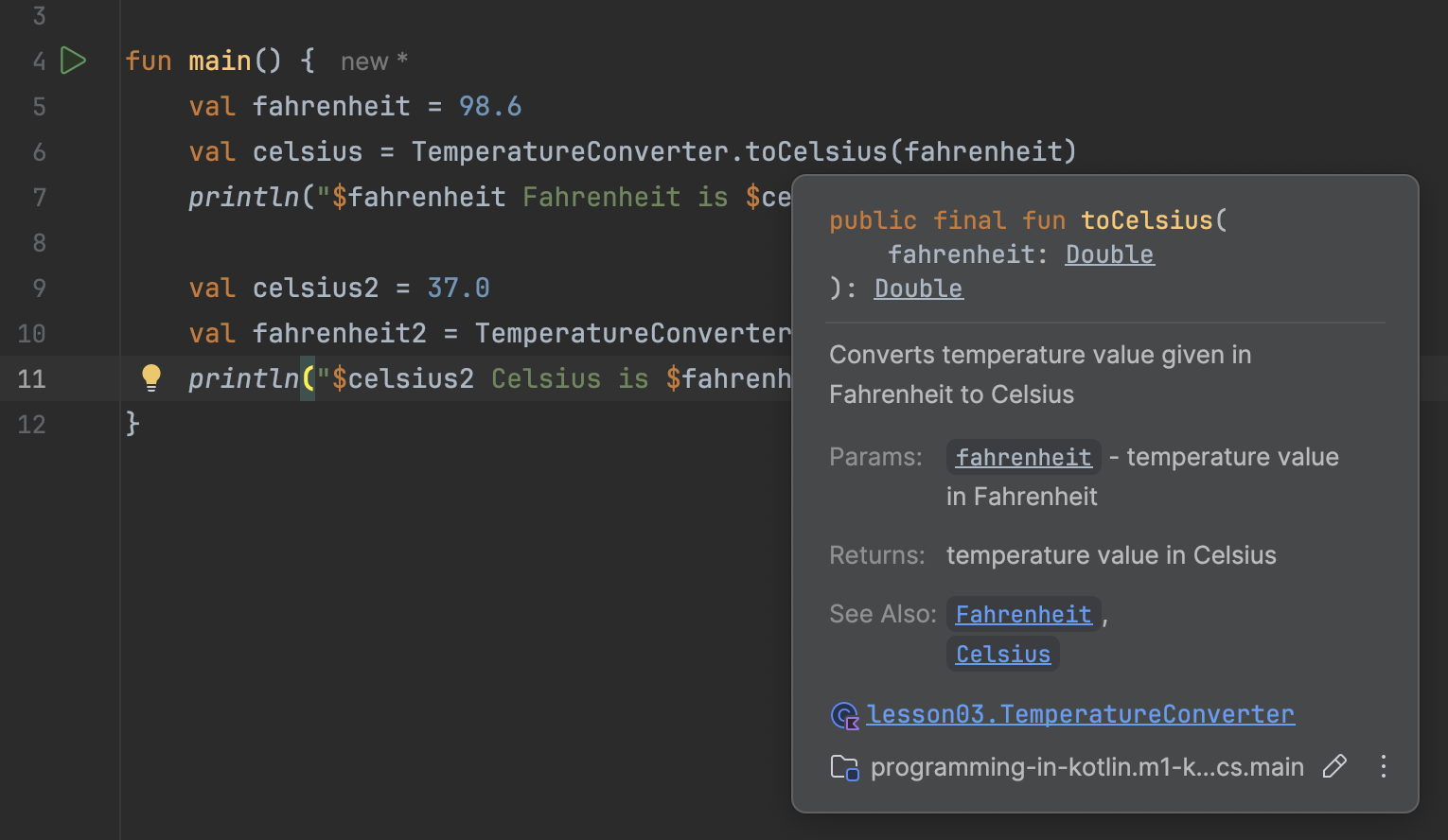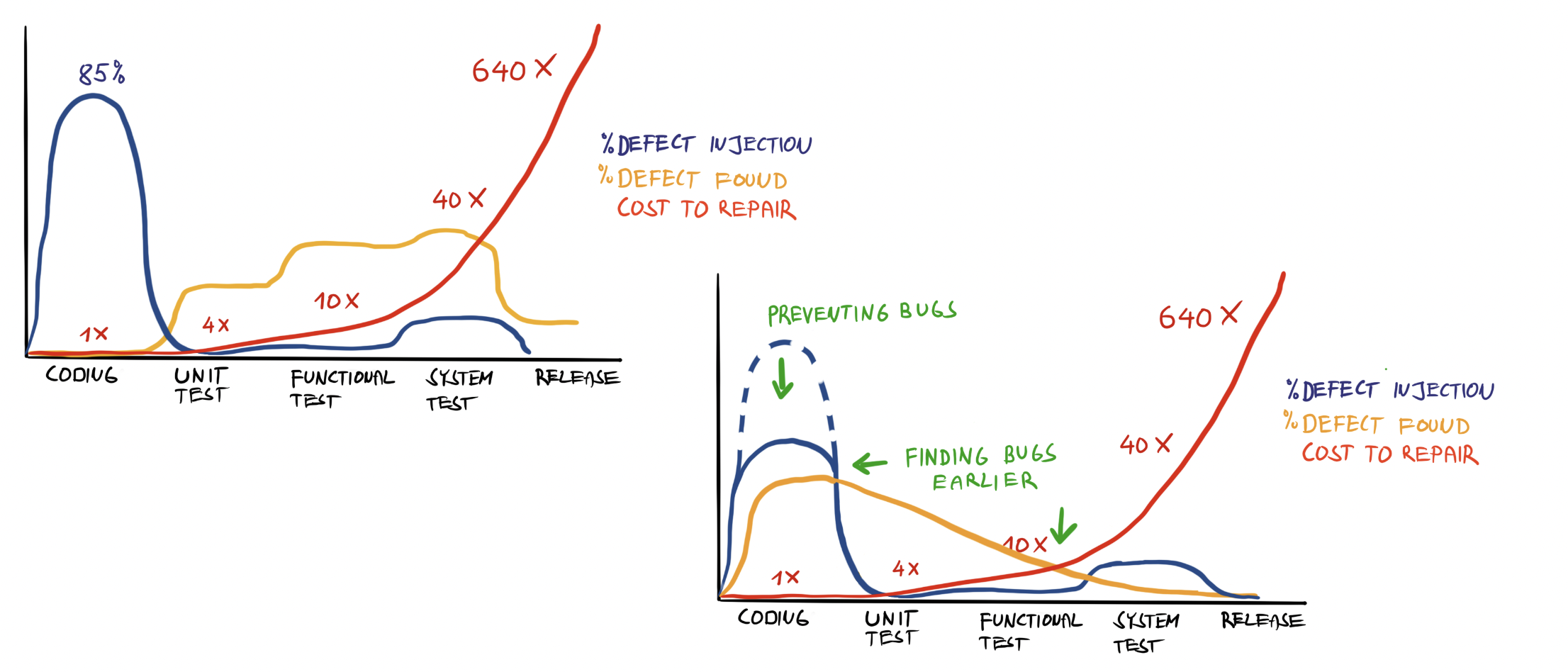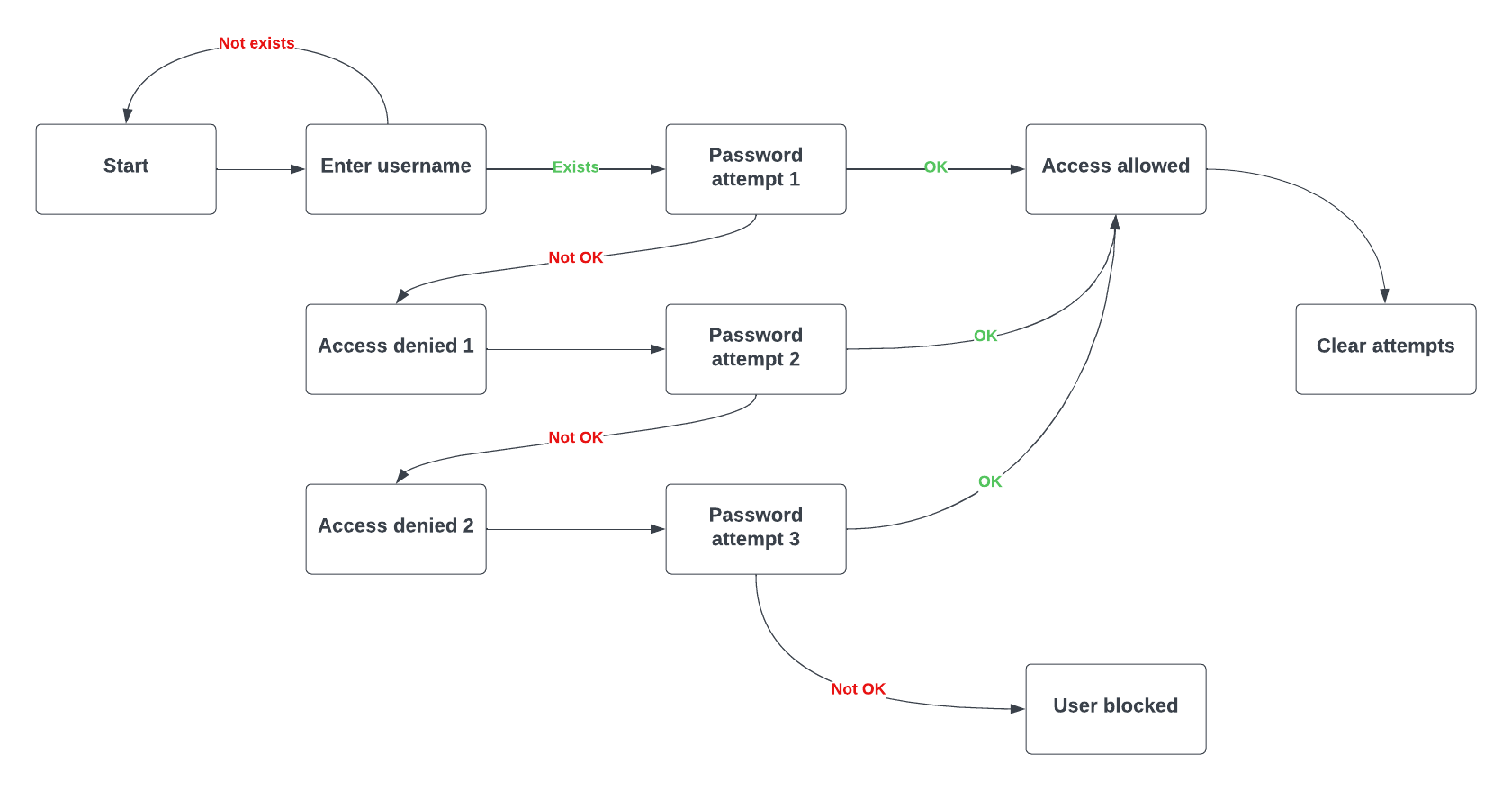As with any modern language, you can extend your code by using libraries, in Java, they are called dependencies.
You could manage your dependencies manually, by adding their jar files to the project. Or you can use a tool to help you do that.
There are two major tools for project and dependency management:




